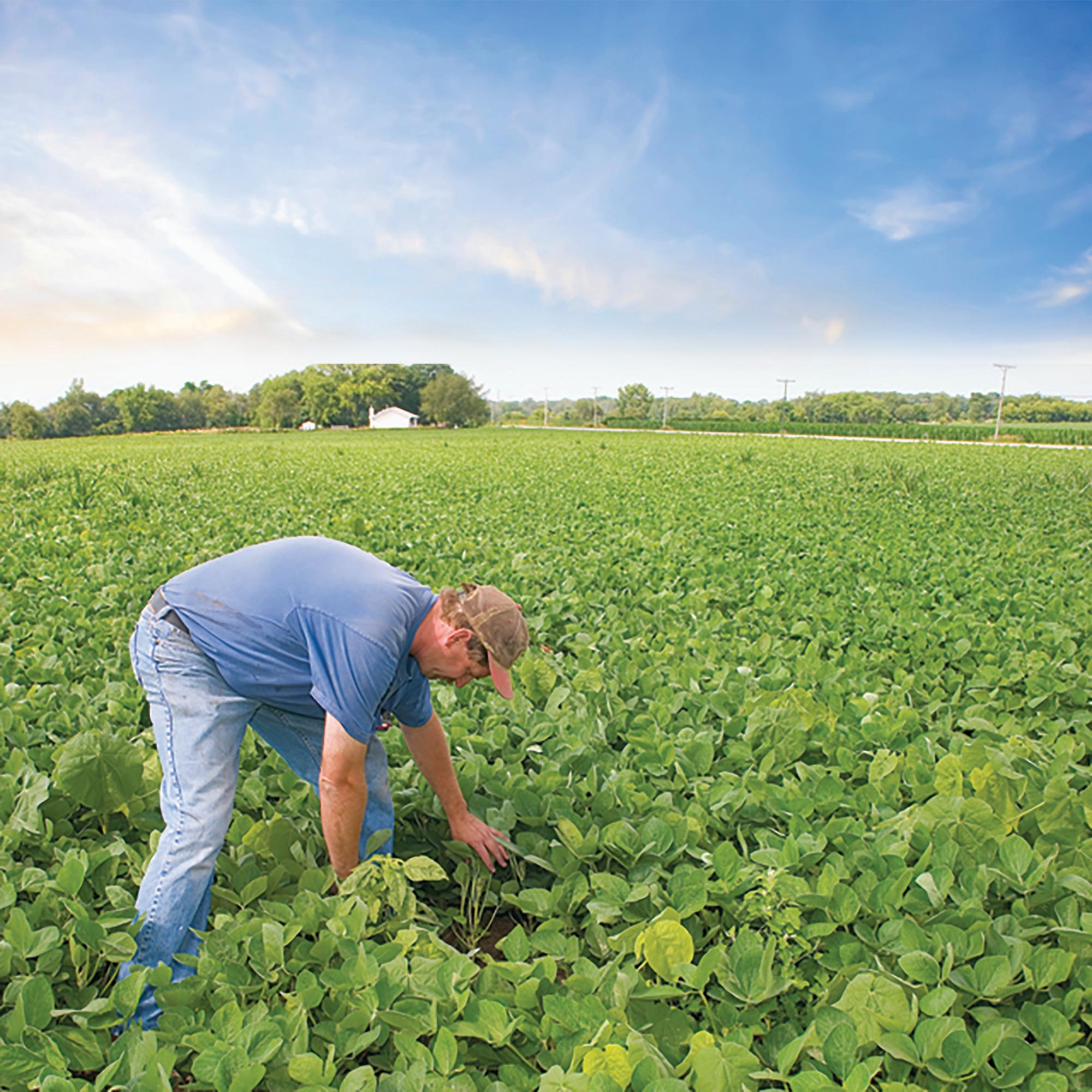




























































































































































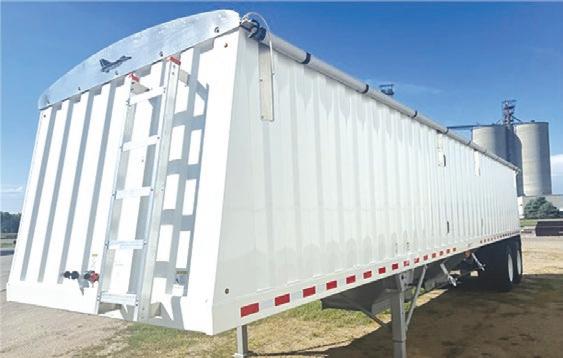 By DARCY DOUGHERTY MAULSBY
By DARCY DOUGHERTY MAULSBY
Farm News writer
The growing demand for high-oleic soybeans — and their impressive profit potential for the farmers who grow them — caught growers’ attention during the 2023 Farm Progress Show in Decatur, Illinois.
“Farmers are really excited about high-oleic soybeans and the opportunity to diversify their portfolio beyond conventional soybeans,” said United Soybean Board Vice President of Marketing John Jansen. “Farmers are interested in where variety development is going, where they can take the product, what processors are participating, and how much they can make, in terms of premiums per bushel.”
High-oleic beans typically have a premium of $1.50 per bushel, Jansen said. These beans can offer a practical option for many farmers, since they can fit easily into most production systems. “High-oleic soybeans are literally drop-in,” Jansen said. “You don’t do anything different as far as planting or maintenance. All you have to do is keep the high-oleic beans in a different bin.”
U.S. soybean growers planted roughly 800,000 acres of higholeic soybeans in 2023.
About 80% of these higholeic soybeans originated in
Indiana, Ohio and the Delmarva peninsula in the eastern United States. The number of high-oleic soybean acres is expected to increase to more than 1 million acres in 2024, said Jansen, who added that six soy processors are participating in high-oleic soybean opportunities.


“Farmers in 13 states are currently participating, and we expect that to go to 19 states in the years ahead,” Jansen added.
Chuck White, an Iowa Soybean Association (ISA) member and soybean farmer from Spencer, has been working to introduce high-oleic soybean oil to the public. Last year, he brought the innovative product to the Kiwanis Daybreakers restaurant during the nine-day run of the 2022 Clay County Fair.

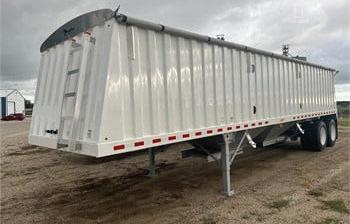
“I wanted to make sure consumers had the opportunity to have the highest quality, healthy oil available to them at the Clay County Fair,” White told the ISA. “We have a lot of folks come through the fair, and we want to make sure they understand this is the best oil they can ever buy.”
What are the advantages of high-oleic soybean oil?
Health-conscious consumers expect foods with labels that
See HIGH-OLEIC, Page 7C
“I wanted to make sure consumers had the opportunity to have the highest quality, healthy oil available to them at the Clay County Fair.”
CHUCK WHITE, Iowa Soybean Association member










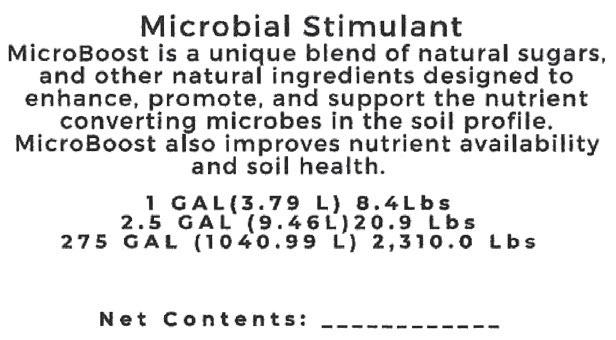






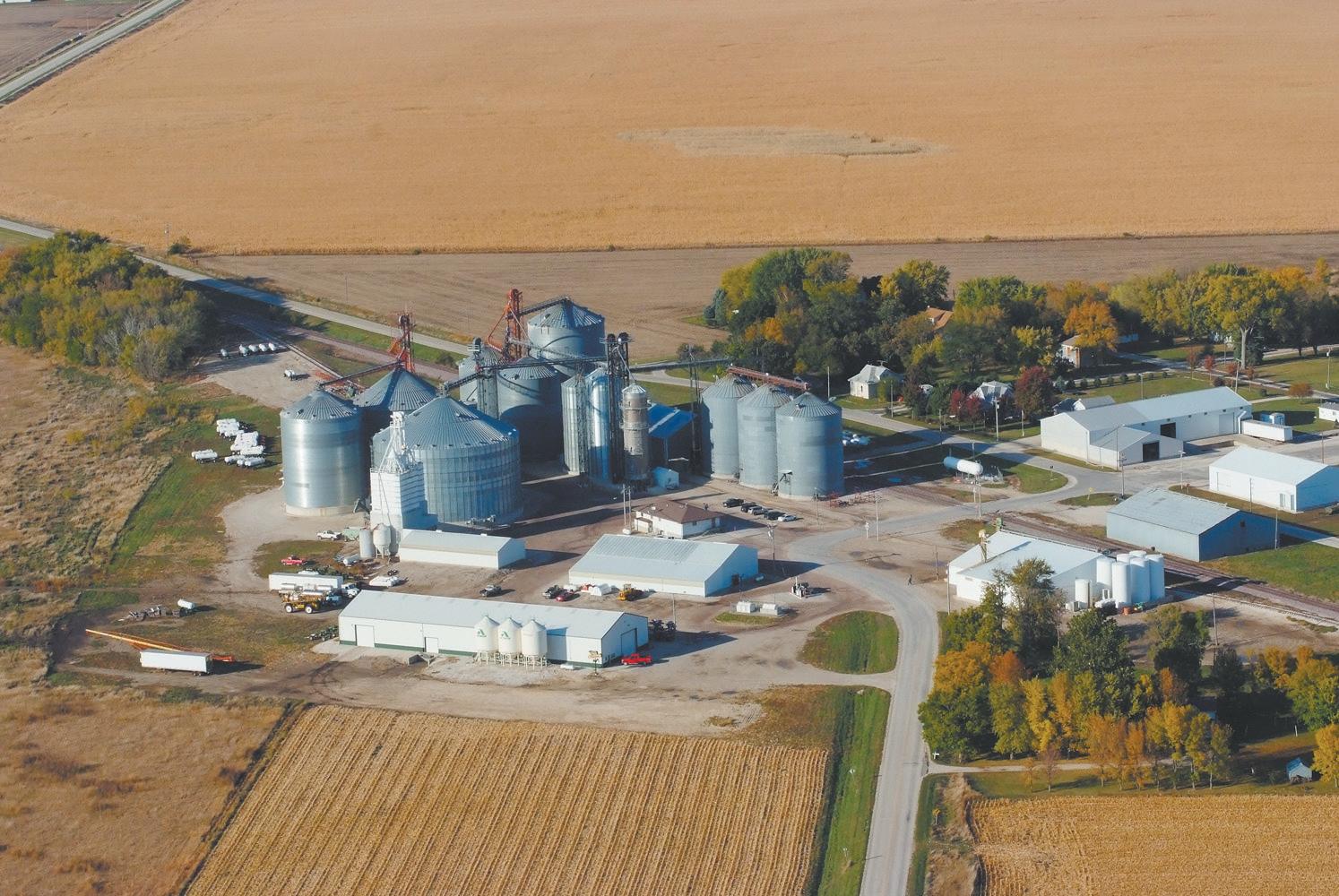
say 0 grams of trans fat, noted the Corteva Agriscience’s information about Plenish high-oleic soybean oil. Food manufacturers and fast-food restaurants are working to find oils that can meet this demand without sacrificing performance or taste.
Oil made from high-oleic soybeans is high in monounsaturated fat and low in polyunsaturated fats, making it extremely stable. Plenish high oleic soybean oil has 0 grams of trans fat, less saturated fat, and the highest amount of heart-healthy monounsaturated fat available in soy, according to Corteva Agriscience.
Oil made from high-oleic soybeans is not hydrogenated. Plenish higholeic oil’s fatty acid profile means food manufacturers and restaurants may put a 0 grams of trans fat label on their products without sacrificing shelf life or performance.

Plenish high oleic oil has an oleic content (omega-9 monounsaturated fatty acid) of more than 75%. It also has 20% less saturated fat than commodity soy oil, as well as 75% less saturated fat than palm oil. It has a linolenic content of 2% for improved oil stability, according to Corteva Agriscience. “Higholeic soybeans yield higher-functioning soybean oil that meets the needs of a growing number of food and industrial customers,” the company noted.
The high-oleic soy oil that White helped promote at the 2022 Clay County Fair was well received.
Paul Brenner, a Kiwanis Daybreaker member from Spencer, volunteers during the fair to work at the restaurant. He helped spread the message about higholeic soybean oil during the 2022 fair and received great feedback.
“With the new oil, it’s the best French fries we’ve served at this place,” Brenner told ISA, referring to the food at the 2022 Clay County Fair. “The fries are the same. Everything is the same except for the oil. It must be the oil.”
Brad Aronson, a Kiwanis Daybreakers member from Spencer, also had firsthand experience cooking with the high-oleic soybean oil. “It’s great. It’s clean, and it tastes good,” he told ISA.
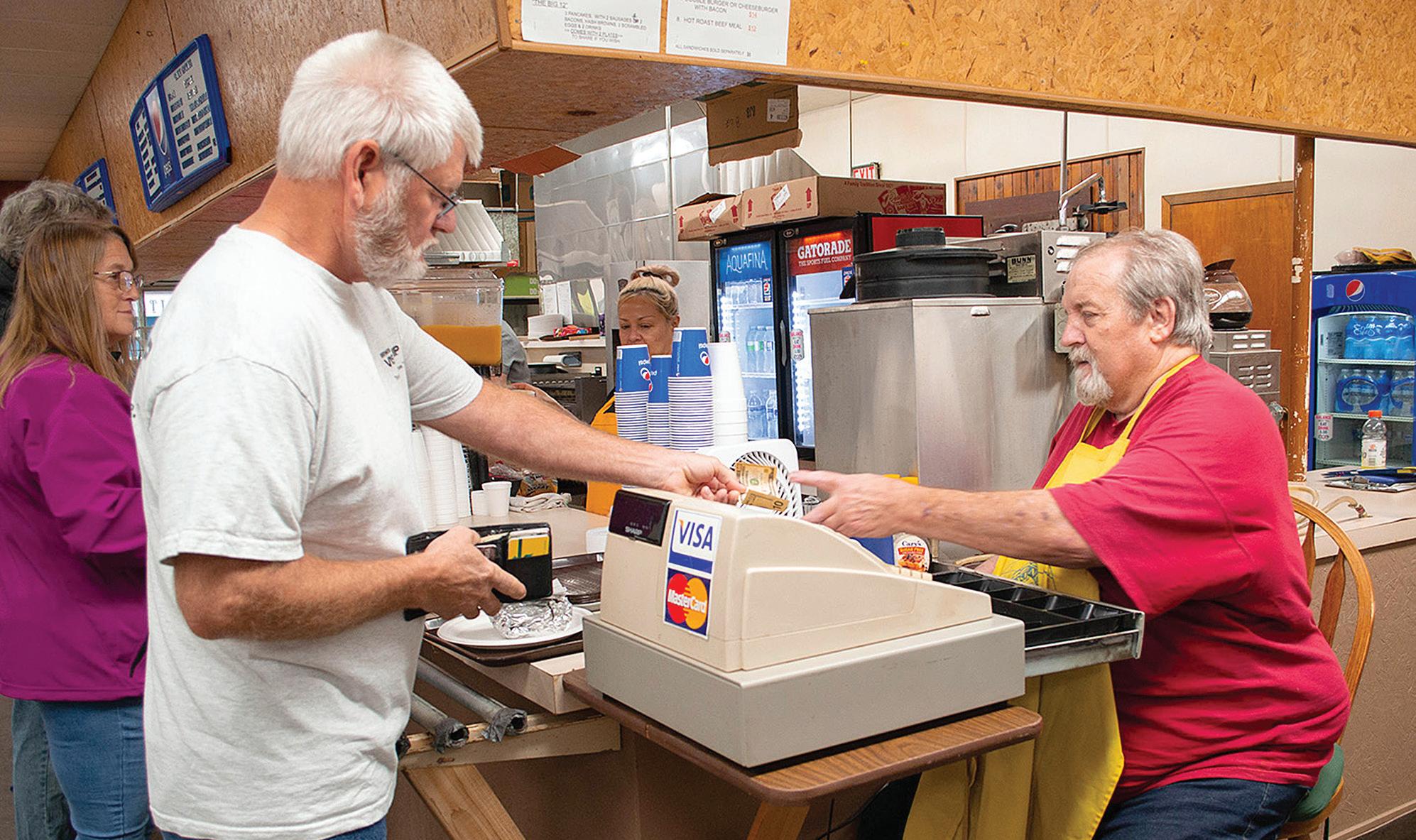
White raises high-oleic soybeans and is happy to promote their benefits as he represents the soybean industry.
“Not only do farmers receive a premium for growing high-oleic soybeans, but it helps the soybean industry. We have competitors out there, like canola oil and sunflower oil. We must be the leaders in
moving this product forward.”
What does the future hold?
Will high-oleic soybeans become more common in Iowa in the years ahead? It’s likely, especially as high-oleic varieties continue to evolve. The process will take a little time, though.
“About 80% or so of the volume today is in the Corteva Plenish,” Jansen said. “They’re cutting in their Enlist nextgeneration genetics into that product. As this happens in the next two to three years, you probably won’t see much expansion in the program, because there is no global approval of these new traits yet.”

Demand remains strong, however, for high-oleic soy oil, which bodes well for the future of growing high-oleic soybeans
in the Midwest. There are three main applications for high-oleic soybeans, including the food sector, industrial uses and the export market, Jansen noted.
“Today, almost 98% of the high-oleic soybeans grown in America stay in the United States, with 2% being exported. There’s tremendous demand globally for high-oleic soybeans, though, especially as the war in Ukraine has made it more difficult for buyers to secure high-oleic options.”
He’s optimistic that opportunities will continue to expand for U.S. growers. “We anticipate being at 3 million acres of high-oleic soybeans grown in America by 2027 and perhaps as much as 8 million acres by 2030.”
Jansen encourages farmers to check the USB website (unitedsoybean.org/higholeic-soybeans/) and Corteva’s website (www.healthyoils.corteva.com/about/ plenish.html) to learn more about the options for high-oleic soybeans that might be available in their area.
“Today, almost 98% of the high-oleic soybeans grown in America stay in the United States, with 2% being exported. There’s tremendous demand globally for high-oleic soybeans, though, especially as the war in Ukraine has made it more difficult for buyers to secure high-oleic options.”
He’s optimistic that opportunities will continue to expand for U.S. growers. “We anticipate being at 3 million acres of higholeic soybeans grown in America by 2027 and perhaps as much as 8 million acres by 2030.”
Jansen encourages farmers to check the USB website (unitedsoybean.org/higholeic-soybeans/) and Corteva’s website (www.healthyoils.corteva.com/about/ plenish.html) to learn more about the options for high-oleic soybeans that might be available in their area.
What comes to mind when you think of products that make the world more sustainable?
Put soy-based products at the top of the list.
After all, soybeans might just be agriculture’s MVP — most versatile performer. Sure, they’ve been used for decades to produce livestock feed and biodiesel, but did you know soy products also power various innovative products that improve daily life?

In some ways, this is nothing new.
“Back in the 1920s and early ’30s, Henry Ford built a soybean lab near the Ford Motor plant in Deerfield, Michigan,” said Kirk Leeds, CEO of the Iowa Soybean Association. “In that lab, a team looked at diversifying ag crops into other products. The focus quickly turned to soybeans because of their composition and versatility.”
Soon, the team was developing an array of soy-based plastics, upholstery and fuels.
“Ford urged farmers to have one leg in industry and the other in agriculture,” Leeds said. “Only by bringing the two together could you sustain markets for ag products. Ford was clearly
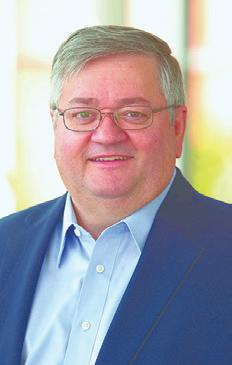
ahead of his time in thinking broadly about the role of soybeans and developing additional market opportunities for the oilseed.”
Today’s scientists and innovators continue to tap into the incredible potential of the soybean by developing an array of new soy-based products.
There are few things more unsightly than graffiti in public spaces. Cleanup requires a safe, effective product that loosens the paint without hurting the surface where the graffiti was applied.
Soy-based Graffiti Remover from Natural Soy Products in Cedar Falls can remove all color or spray paint, permanent markers, inks and lipstick from almost any surface, including metal, concrete, glass, aluminum siding and tile.

ABOVE: A soy-based cleaning product helped a local volunteer clean up the ugly graffiti on the historical marker near Rainbow Bridge, a distinctive, triple-arch bridge built in 1914. The bridge is listed on the National Register of Historic Places.
LEFT: Graffiti is an ongoing challenge at historic Rainbow Bridge southwest of Lake City. A few years ago, vandals expanded their graffiti to the bronze plaque near the bridge.

This environmentally friendly, biodegradable, spray-on product is derived from soybean oil. In 2020, demand for the product soared in cities in Iowa and across the country after vandals spray-painted monuments and buildings.
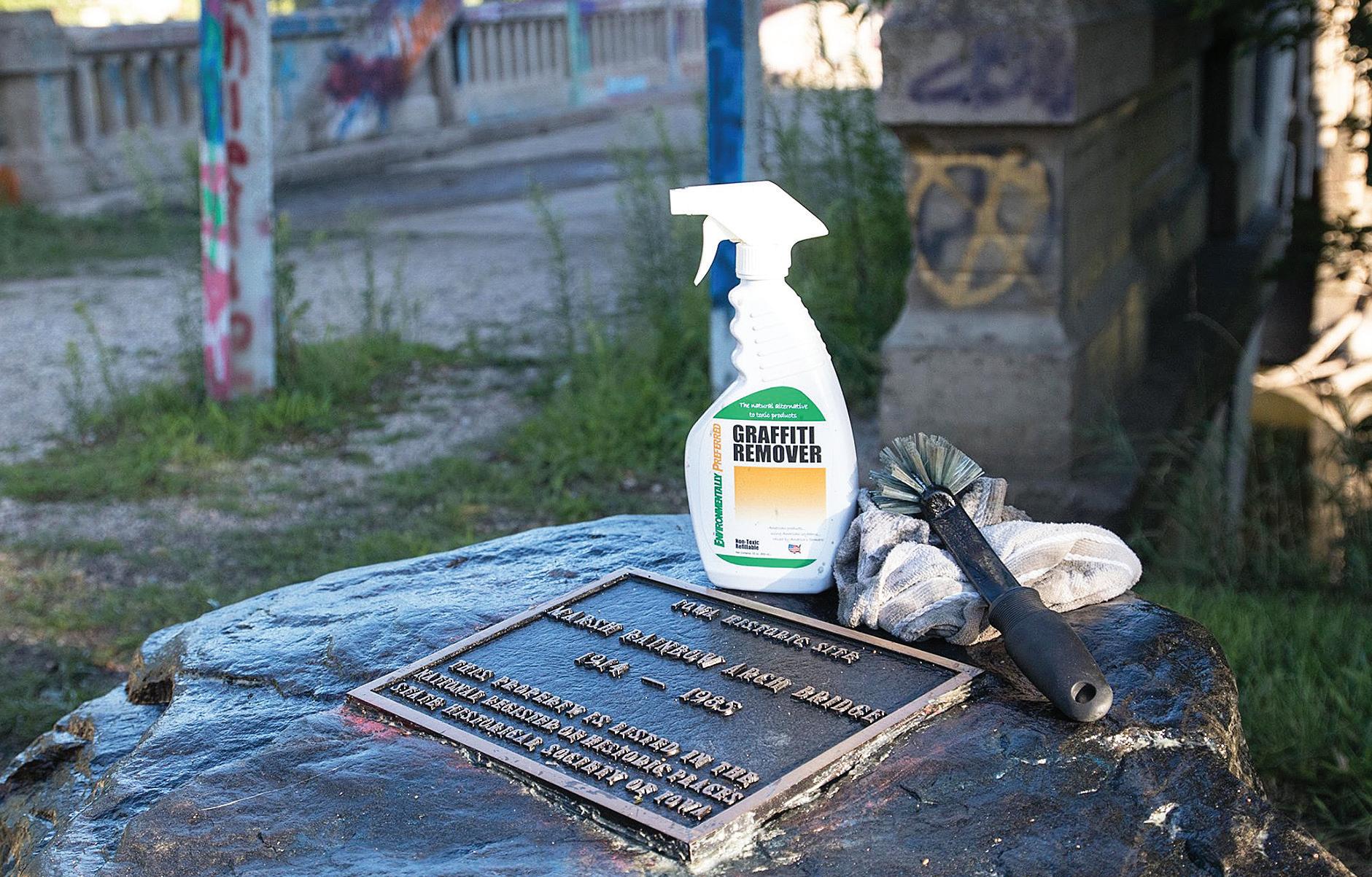

Jeff Gard, operations manager at Natural Soy Products, noted that the company sent Graffiti Remover to Los Angeles to remove graffiti on post office buildings and the Hollywood Walk of Fame.
See SOY USES, Page 13C
















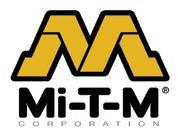




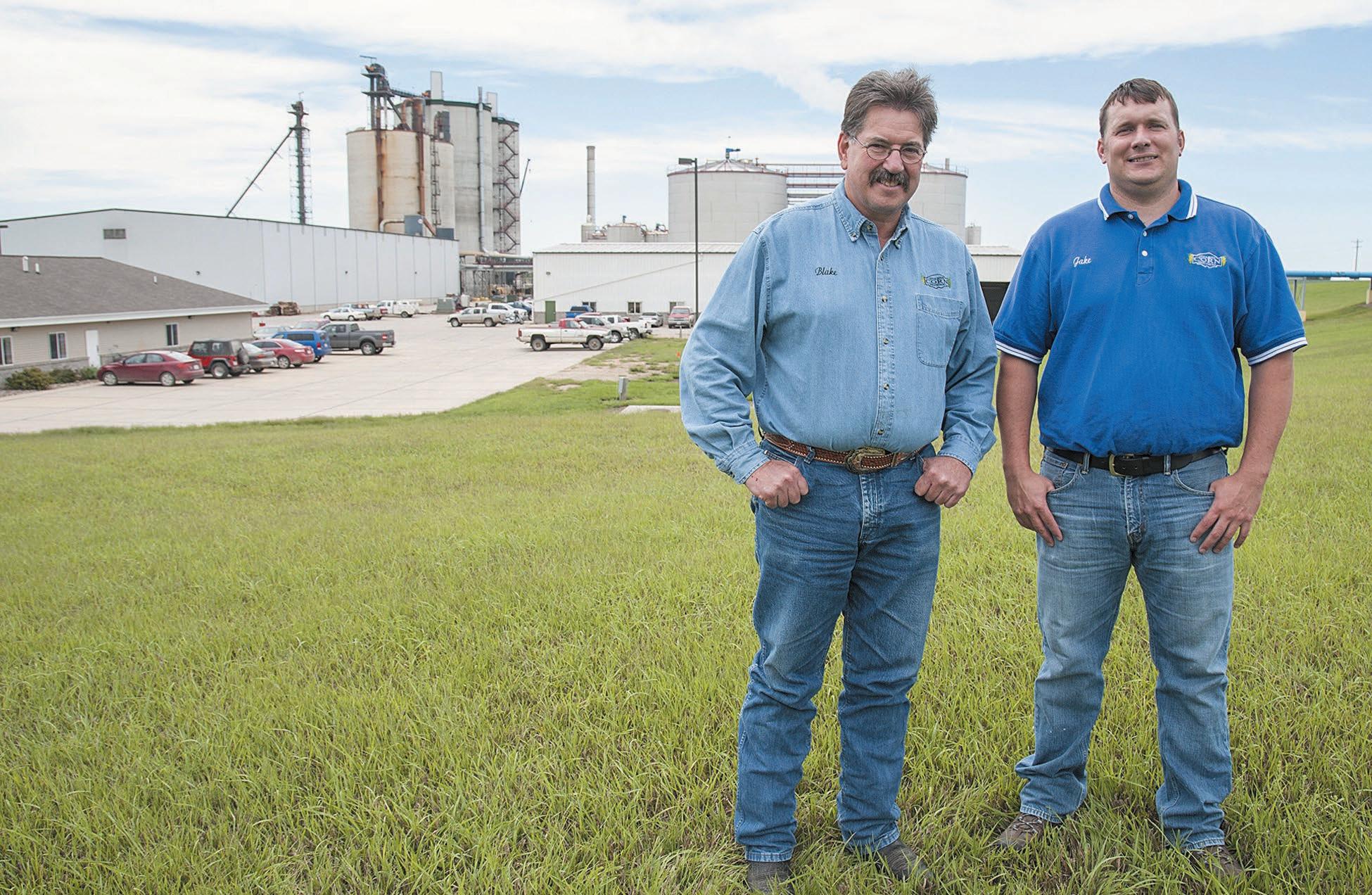
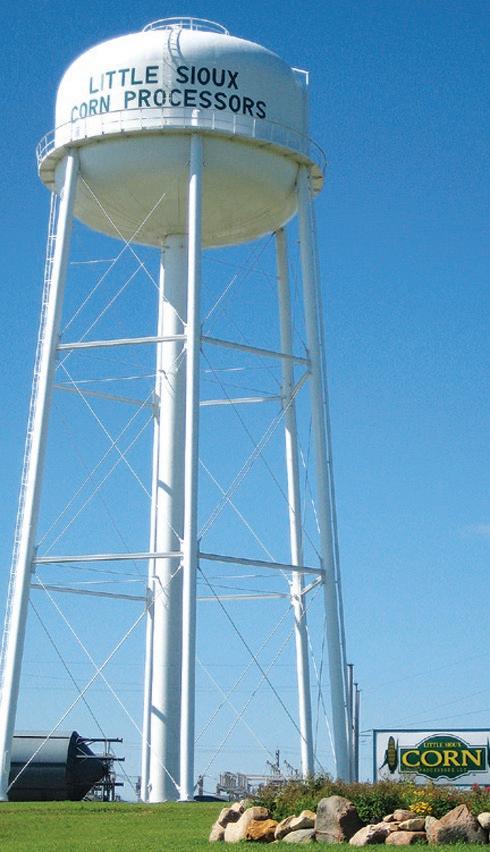

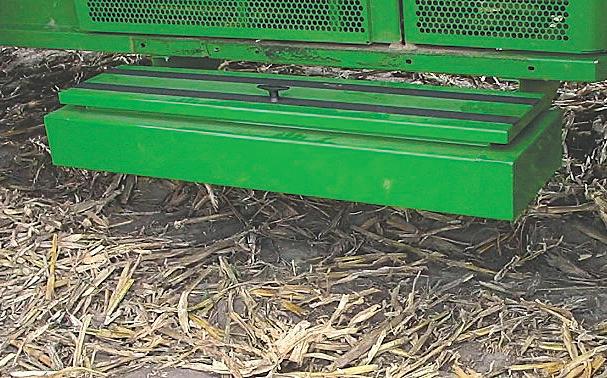








Thanks to recent heat suppressing pod filling at a time when rain was needed for the soybean crop, the bean market has seen prices rise a bit.
Chad Hart, an agriculture economist with Iowa State University Extension, noted that the U.S. Department of Agriculture’s recent crop report pulled down soybean yields.
“It’ll be a bit smaller than last year’s crop, around 250 million bushels smaller than in 2021. We’ve also seen demand sort of shrink to match, which has been reflected in market prices,” Hart said. “It’s one of those deals where the market dynamics are changing and we’re relying a little bit more on domestic demand, through soybean crush. It’s being driven partially by the push for renewable energy, especially renewable diesel.”
Brazil’s crop continues to look good, Hart said, plus they grow at least two crops per year, although they’re still dealing with weather issues.
“We do expect Argentina to have a better crop this year than the past year. They got walloped by the drought last year, but we think they’ll bounce back,” Hart said. “We’re seeing a little more advanced export sales, but we’re not quite back to where we’d like to be. We’re at least approaching our five-year average and it’s encouraging to see some additional growth in the market.”
Hart said he’s eyeing Mexico, which is a country not typically considered a big soybean market.
“Mexico is up a little bit, 12 percent, and we’re seeing some additional growth there. If we can continue that trend, I think that’s one key for the soybean market to expand,” he said. “We have to expand those opportunities so we’re less reliant on China.”
Iowa Farm Bureau’s Chris Pudenz, economics and research manager, noted that overall soybean acres are down
Then the U.S. becomes a major force in the export of U.S. soybean meal nationally,” Pudenz said. “There’s been a lot of discussion about if we crush all these soybeans and we use the oil for renewable diesel, where does all the meal go. They’re putting a lot of effort into developing markets for that meal.”
Grant Kimberley, senior director of market development for the Iowa Soybean Association, said the soybean market seems to want to see a potential yield decline due to the unfavorable weather its endured recently.

“It looks like new crop soybean exports are starting to tick up a little bit. I was in China last month, and you can tell their economy is not completely back to what it once was due to COVID issues they had. I think demand will keep them coming back. We also have good demand from other parts of the world,” Kimberley said. “People are still adding more meat to their diet, which is positive long-term for livestock production.”
While in China with a grower delegation, Kimberley said buyers seemed quite happy to see them.
substantially from last year, which first popped up in the June USDA report. The August WASDE report dropped the August soybean yield modestly, too.
“This all was the primary driver in the 30-cent per bushel increase,” Pudenz said.
“The soybean crop condition nationally rebounded quite a bit.

The good-to-excellent rating was between 50 and 55 percent nationally and now is 58 percent, just above last year’s estimate last year at this time nationally.
“Yields could be shaping up similar to what we saw last year. But in Iowa, the story is a little different.”
The state’s crop condition rebounded in the first half of August, but fell off sharply with a subsequent heat wave. The hot temps aren’t helping crop conditions across the Corn Belt.
“The late August heat wave might have taken off five bushels per acre for beans in Iowa, which is 10 percent of the yield,” Pudenz said. “Nationally, our good-to-excellent condition rating looks pretty similar to
what it did last year, just slightly better.”
Pudenz added that he recently attended a U.S. Soybean Export Council meeting in New York. He said there was quite a bit of excitement shared regarding renewable soy biodiesel and especially aviation fuel.
“There’s a lot of new U.S. soybean crush capacity at various stages of development. The trade flow is already shifting in which potentially every drop of soybean oil from U.S. crush remains statewide for renewable diesel production.
“There’s still optimism that things will be positive in that relationship. Dialog is important, as well as building up that customer preference” he said. “We’ll probably see several large buyer delegations from around the world come visit during harvest time. Then we’ll start getting inquiries and make plans to host different buyer groups as well.”
Because he’s been driving around the state for grower meetings recently, Kimberley said he’s seen quite a range of crop conditions.
“You can tell that some crops look fine, but a lot are still looking pretty rough this time of year,” he said. “The last few weeks of hot weather have hurt the bean crop and there isn’t any major rain in sight. We’re about out of time.”
“It’ll be a bit smaller than last year’s crop, around 250 million bushels smaller than in 2021. We’ve also seen demand sort of shrink to match, which has been reflected in market prices.”
CHAD HART, ISU Extension agriculture economist-Farm News file photo CHAD HART, an agriculture economist with Iowa State University Extension, noted that the U.S. Department of Agriculture’s recent crop report pulled down this year's soybean yields.
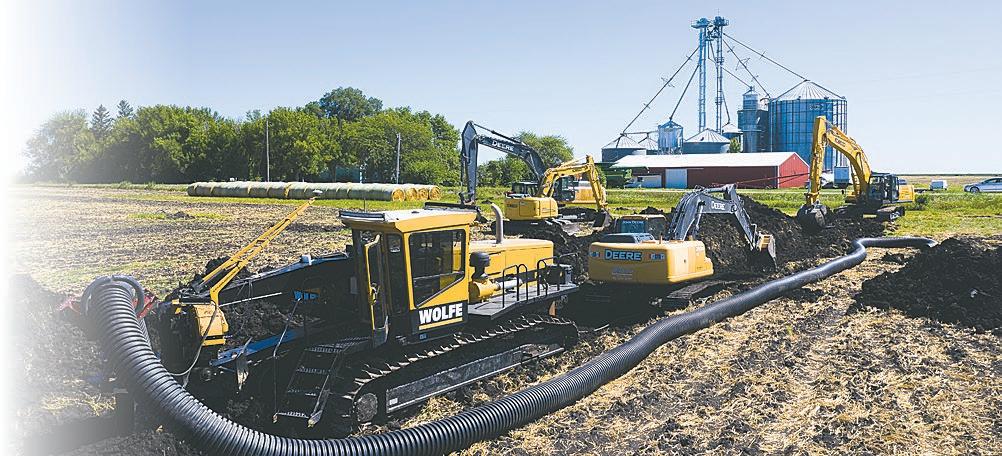
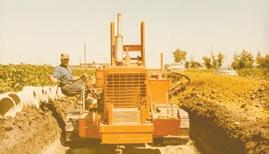
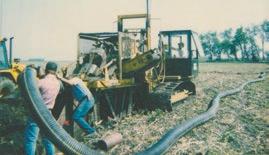




































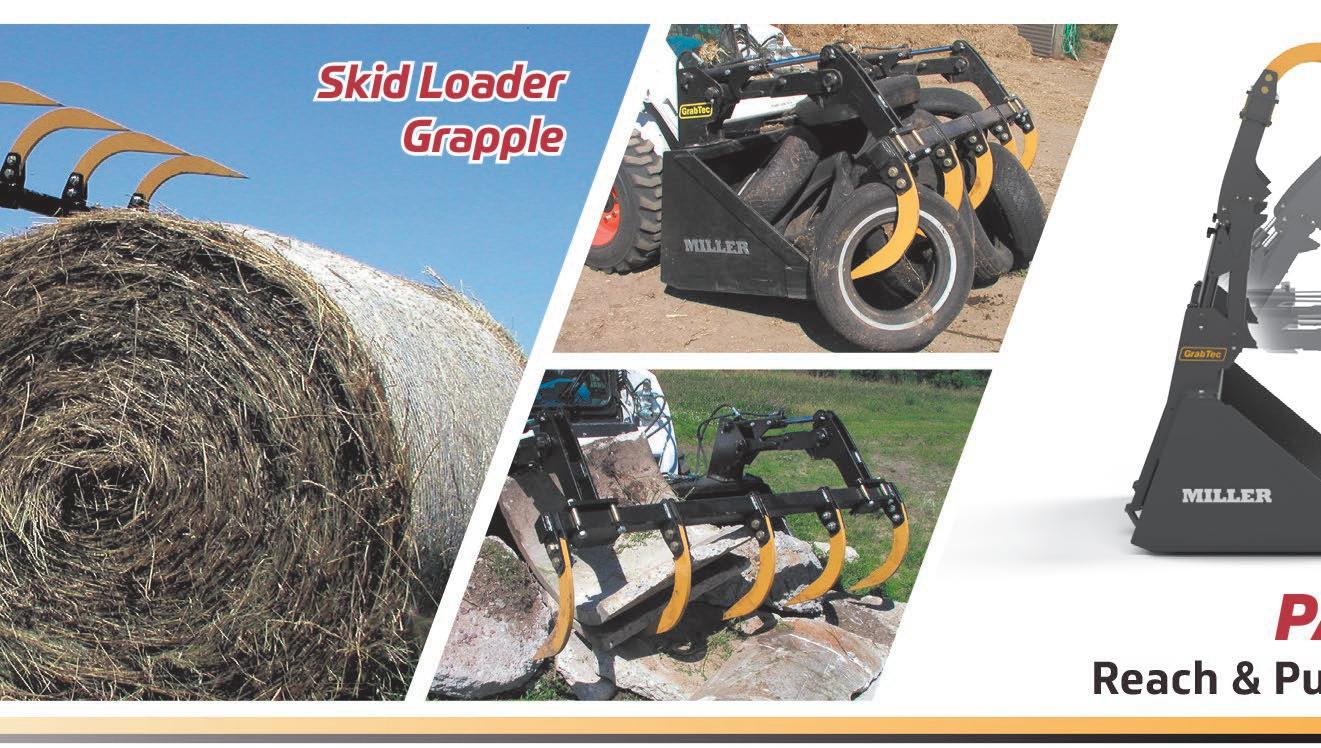

“Soy shield” makes roads, bridges more durable.
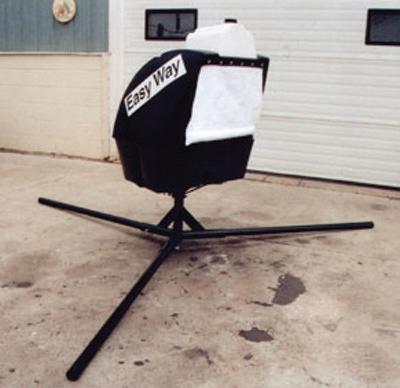
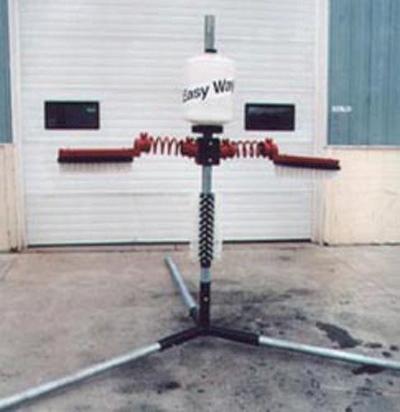
New research is expanding soy into the asphalt and concrete markets to make more durable, longer-lasting roads. Natural Soy Products in Cedar Falls has been working with Midwestern soybean organizations to develop a soy-based product called PoreShield.
“This is a concrete extender that helps defend concrete from the elements and helps the concrete last seven to 15 years longer,” Gard shared during an interview in the Iowa Food and Family Project’s Fresh Pickings magazine in 2022.

When concrete is mixed, cement and water combine to create a porous material with less volume than the individual components. Those pores allow concrete to act as a sponge, absorbing fluids and salts from the surface. Unfortunately, this process creates a pathway for damage to start from the inside out. Common concrete sealants attempt to protect concrete by creating a protective film on the surface. Sealing works for a while — typically two to three years — but as soon as the seal is damaged, fluid damage begins again.
Since the remaining seal can hinder evaporation, the damage could be even worse than before, according to Natural Soy Products, which has a production facility in Brooklyn, Iowa.
PoreShield absorbs deep into concrete pores to help keep moisture out. It provides long-term protection at the concrete’s surface and deep below it, where premature damage starts and leads to cracking, separation, breaking and more.
Since PoreShield is made from soybeans, it’s non-toxic, so there are no worries if any spray falls on water or land during application, Gard said.
“It also has a wide application range, from roads to bridges,” said Gard, who added that Natural Soy Products is one of only two licenses in the country au-
Safe, sustainable dust control.

A new soy-based dust suppressant can be used on roads, farms, construction sites and other locations, offering a sustainable solution to improve air quality in rural and urban areas. The safe, biodegradable dust suppressant, BioBlend Renewable Resources’ EPIC EL, can be mixed with water and sprayed on unpaved roads, farm lanes, access roads to construction sites, and more. It’s designed to compete with traditional, chloride-based, dust-control applications.
The Federal Highway Administration estimates 35% of the nation’s roads, or 1.3 million miles, are unpaved. Dust created by vehicles and machinery using these roadways has long been an unavoidable source of airborne pollutants. However, dust and other particulates can impair air quality in local communities for crops, livestock and pets.
The Environmental Protection Agency (EPA) has emphasized the importance of dust control due to excessive dust’s adverse effects on the human respiratory system. Overexposure to air pollutants, including dust, can compound challenges for people with preexisting conditions, including asthma.
That’s where BioBlend Renewable Resources’ EPIC EL dust suppressant comes in. It’s one of many industrial-use products hitting the market after receiving research funding from state soybean checkoff organizations and the United Soybean Board (USB), which help find new uses for soy meal and soy oil.
“A durable, soy-based dust suppressant is a natural choice for farmers, municipalities and businesses in rural and urban areas to improve air quality, transportation safety and sustainability,” said Brian Pierce, bioproducts development director at Smithbucklin, a primary contractor for USB.
There are few crops more versatile than soybeans, which are used in:
1. Soy foods, from soy protein power bars to hearthealthy soybean oil.
2. Soy-based crayons, which are non-toxic and safer for children.
3. Candles made with soybean oil, which burn cleaner.
4. Soy ingredients for feed, which provide a protein-powered boost for farm animals.
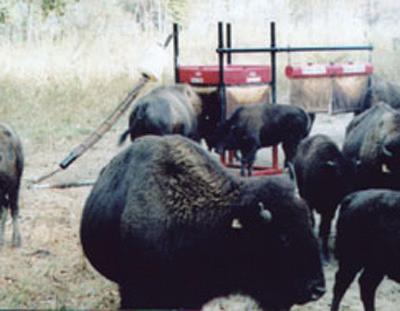

5. Soy ink, which has been used since the 1980s. Today, about onethird of America’s newspaper printers use soy ink, according to the American Soybean Association.
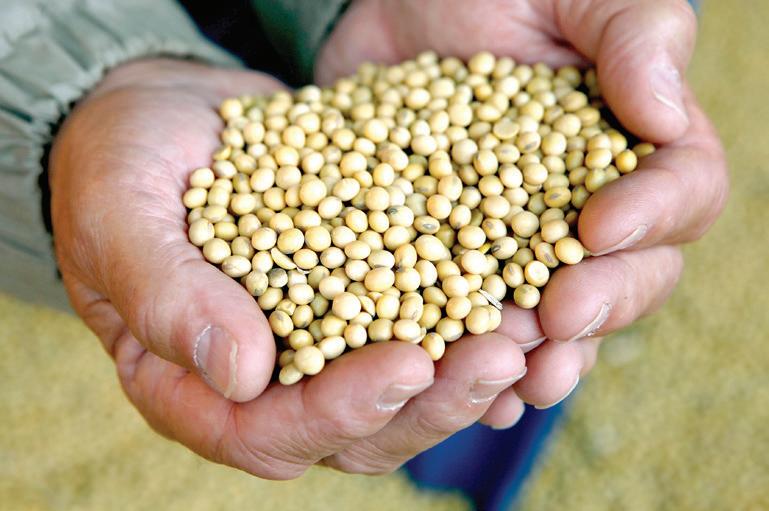
Soybeans can be processed into biodiesel, a cleaner-burning, renewable alternative to regular diesel. Soy-based biodiesel powers a range of vehicles, from semi-trucks to tractors.
“Iowa is the No. 1 producer of biodiesel America,” said Grant Kimberley, executive director of the Iowa Biodiesel Board (IBB) and senior director of market development for the Iowa Soybean Association.
Biodiesel made with soybean oil can help reduce greenhouse gases by up to 86%, compared to regular diesel, according to IBB. Soy biodiesel also reduces smog and makes our air healthier to breathe.
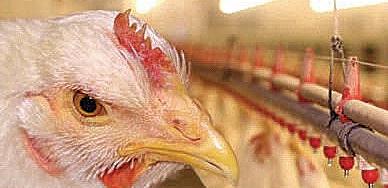




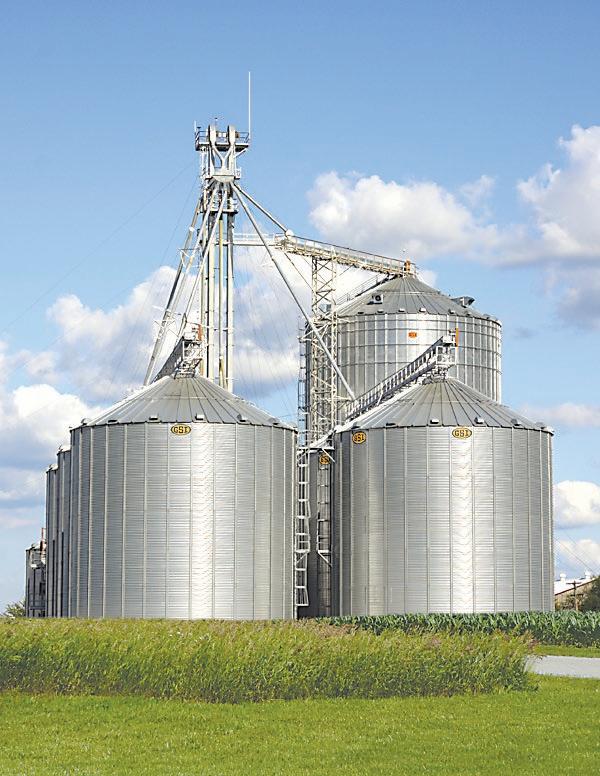



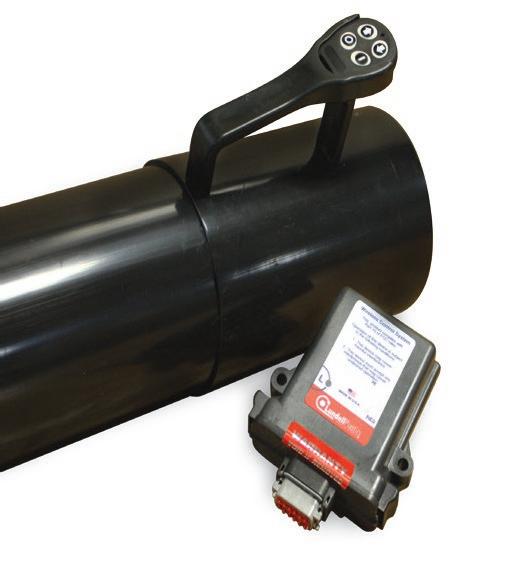
As one of the top three soybean producers in the nation, it’s only natural that some of the biggest transportation fleets in Iowa run on soy diesel.
For the 2023-2024 school year, Iowa and Midwest-raised soybeans will fuel the team buses for the Iowa State University Cyclones and the University of Iowa Hawkeyes. The sponsorship between the Iowa Soybean Association and the colleges kicked off Labor Day weekend, which coincided with the start of the college football season.
“Biodiesel continues to generate market demand for soybeans and offers the universities a reliable supply of clean-burning fuel,” said Randy Miller, District 8 director for the Iowa Soybean Association. “Reducing carbon emissions is a huge priority for universities, making biodiesel an ideal fuel product for our state’s two largest universities.”
Altogether, the Hawkeyes and Cyclones team buses will travel more than 100,000 miles during the current school year, running on soy biodiesel and prompting an uptick in soybean demand.

By increasing soybean-oil value, biodiesel supports 13 percent of the price per bushel of soybeans. This equated to $1.78 per bushel in 2022. It also lowers the price of soybean meal, a key ingredient for livestock producers and the food supply. Iowa farmers harvested an estimated 587 million bushels of soybeans in 2022.
Grant Kimberley, ISA senior director of market development and IBB executive director, noted that the joint promotion helps draw attention to the versatility of soybeans.
“Biodiesel promotions on the team buses and inside the venues on game days will grow awareness of the role soybean farmers play in improving our air quality and strengthening America’s energy security,” Kimberley said.
Not only do the Cyclones team buses run on soy biodiesel, so do vehicles and snow plows operated by the city of Ames where ISU is based.
“We use biodiesel in our road vehicles that is usually 5 percent in the colder
months and 20 percent in the warmer months. For the last couple of years, we have used 100 percent biodiesel (B100) in our 11 plow trucks. This was done by installing special equipment on the trucks. The amount we use varies from year to year due to winter snow plowing, but we average around 70,000 gallons of biodiesel a year,” said Corey Mellies, fleet and facilities director for the city of Ames. “Biodiesel is important as it's a renewable energy source while also lowering the amount of carbon we output. We have had no issues with either the regular biodiesel or B100.”
Ames uses the Iowa Department of Transportation fueling station for all of its biodiesel needs except the B100. For B100, they have a special tank at their
maintenance facility, which is also used by the DOT trucks in the Ames area that have been outfitted with the special equipment needed.
Soy biodiesel also powers the tractors that pull shuttles at the Iowa State Fair. Mindy Williams, marketing director for the ISF, said the tractors that wind through the campgrounds and north parking lots run on diesel.
“That accounts for 15 percent of the total fuel usage based on a report from October 2022. The Iowa Soybean Association has sponsored the shuttles with the canopies that say soy biodiesel on them as an advertisement since 2002 and there are eight of them that run during the fair,” Williams said.
n In 2020, biodiesel contributed $587 million in GDP, $254 million in household income and about 4,500 jobs in Iowa, according to an ABF Economics study.
n Biodiesel production adds 13% of the net market value to soybeans, or around $1.70 when soybean prices are $13 per bushel.
n Biodiesel reduces feed costs for livestock producers by $25 to $40 per ton, resulting from the additional production of soybean meal.
n Iowa is the largest biodieselproducing state in the nation, with production capacity of nearly 400 million gallons annually.
Biodiesel offers better engine performance, with an energy content (BTUs) similar to No. 1 diesel and benefits, such as:
n Significantly improved lubricity, which can reduce premature engine wear and tear.
n Higher average cetane than diesel.
n Similar fuel economy, horsepower and torque.
Biodiesel is the most sustainable liquid fuel available, as it:
n Reduces lifecycle greenhouse gases by up to 86%.
n Lowers particulate matter by 47 percent in older diesel engines, reduces smog and makes our air healthier to breathe.
“Biodiesel continues to generate market demand for soybeans and offers the universities a reliable supply of clean-burning fuel.”
RANDYMILLER, District 8 director, Iowa Soybean Association

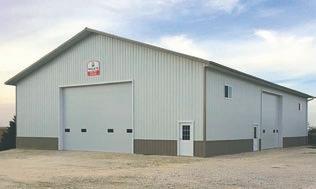










LAKE CITY — It takes a lot of smart, strategic decisions by multiple generations to help a Century Farm thrive. As Perry and Stacy Corey carry on the Corey family’s farming heritage, the Lake City couple makes conservation a priority on their soybean, corn and cattle farm, which came into their family in 1882.
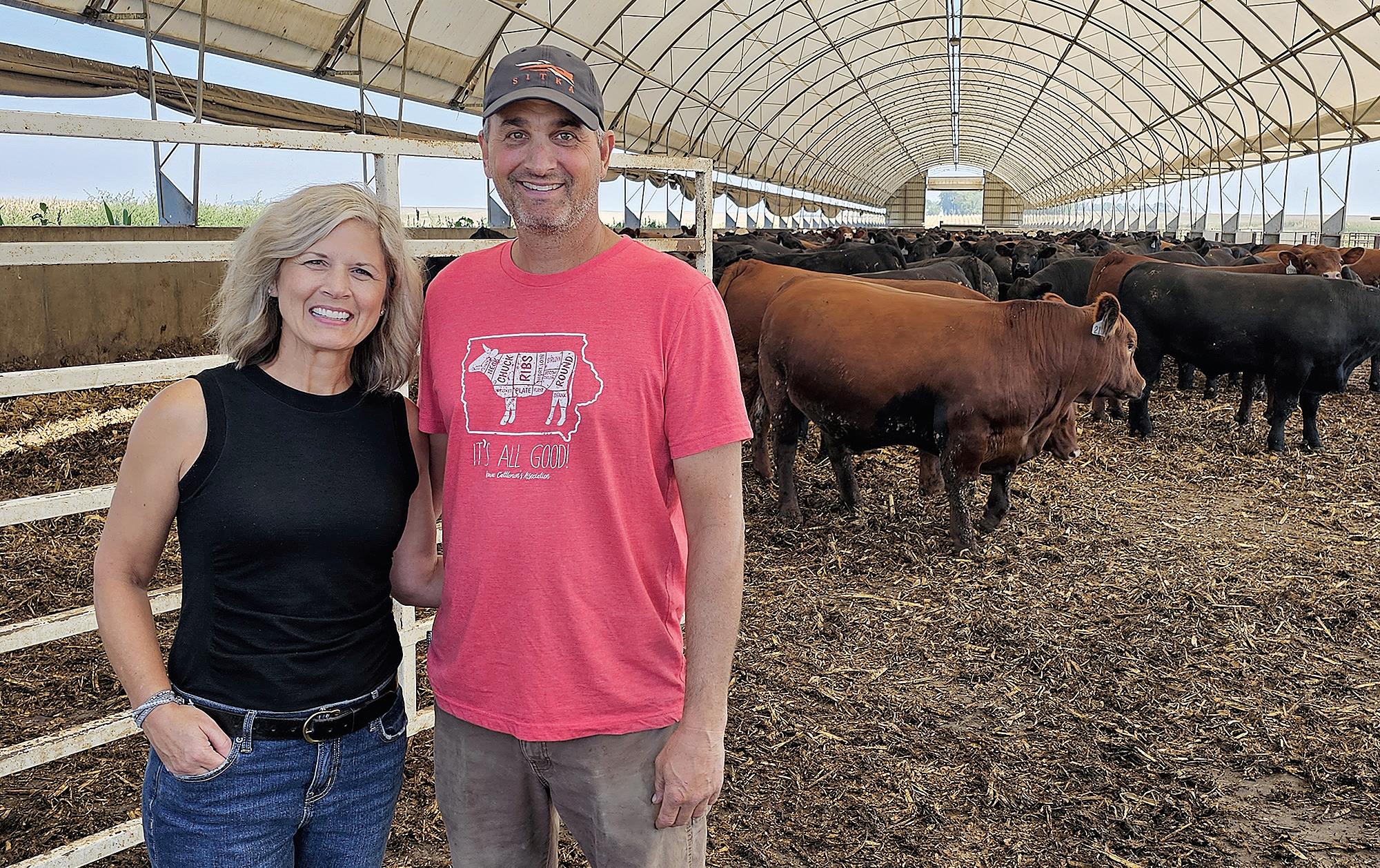
Their commitment to conservation earned them a 2023 Iowa Farm Environmental Leader Award. The Iowa Farm Environmental Leader Award, which was presented at the 2023 Iowa State Fair, recognizes outstanding Iowa farmers who not only implement bestmanagement practices in their own operation, but strive to be leaders for conservation within the farming community. A total of 777 Iowa farm families have been recognized since the creation of the Iowa Farm Environmental Leader Award in 2012.
The Corey farm incorporates a wide range of conservation practices, including cover crops, on their acres. “My parents both grew up in Nebraska, and we’ve been raising rye on our farm for decades, ever since my folks started farming in Iowa,” Perry Corey said. “We definitely make sure to seed the rye on the hills, because it does a good job of holding the soil in place. The rye makes a good cover crop, plus we bale it for forage for the cattle.”
The couple farms roughly 1,600 acres in Calhoun and Webster counties. Soybeans and corn comprise about 75% of the acres on the Corey farm. The Coreys also have nearly 250 acres of land in the CRP. Some of this land is seeded to wildflowers and grasses, all which help attract wildlife.
In addition, the farm includes
a cow-calf operation with approximately 140 cows, plus the Coreys feed out about 1,500 head of cattle per year.
Since many of their fields include some rolling terrain, the Coreys use many feet of grassed waterways and terraces (some of which were installed in the early 1980s and are still functioning) to hold soil in place, controlling erosion and runoff.
Their land also includes filter strips and riparian buffers (narrow bands of grasses and
other plants) that help limit sediment, nutrients and more from entering nearby water resources.
In addition, the family also no-till to help protect soil health and plants right into cover crop stubble.
Iowa Gov. Kim Reynolds praises farmers like the Coreys who take voluntary actions to improve and protect Iowa’s natural resources, while serving as leaders in their communities.
“The Iowa Farm
Environmental Leader Award recognizes the farmers who have made stewardship a priority. Their commitment to protecting, preserving, and restoring Iowa’s natural resources will ensure that future generations can enjoy the benefits of healthy soils and improved water quality for decades to come.”
The Calhoun County Soil and Water Conservation
District (CCSWCD) nominated the Coreys for the Iowa Farm Environmental Leader Award.
“We’re fortunate to have many families in Calhoun County who make sound conservation practices a key part of their farm,” said Alan Wedemeyer, a CCSWCD commissioner. “We support farmers like the Coreys who make conservation practices a priority and are setting a great
That’s compelling, and you don’t have to eat a lot to get that protection.”
Funk said she doesn’t expect people to drastically alter their diet from the start, but gradually incorporate more soy into an existing healthy diet.
By KRISTIN DANLEY GREINER Farm News writerSoybeans have many uses, from livestock feed to diesel fuel to a tasty nutritional addition to many dishes.
In 1999, the U.S. Food and Drug Administration disclosed that 25 grams of soy protein as part of a healthy diet could help reduce the risk of coronary heart disease.
“That’s what got everyone interested in soy protein. Before that, we knew that the health fanatics and vegetarians were aware of all the health benefits of soy protein, but this really got the mainstream consumer interested,” said Linda Funk, executive director of The Soy Foods Council. “But people often ask, ‘How do I get started using soy?’ So that’s why we started informing mainstream consumers that they can eat soy every day.”
There are several easy ways to incorporate soy into a diet.
First, snack on edamame.
“It looks and tastes like a veggie. In the pod, it's great for kids to play with. It’s just a great snack,” Funk said. “Soy protein is a complete protein, which means it has all the amino acids that its meat counterpart has. That’s a big deal. We all need amino acids. They’re building blocks for the body.”
A second way to infuse more soy into a diet is with tofu. There’s both silken and water-packed tofu, and both serve different purposes.
“If you want to blend your tofu into a dish or recipe, use silken. If you want it to keep its shape, use water-packed tofu. It’s a blank palate that takes on the flavors of the dish. If you use waterpacked tofu, press it and get the liquid out of it so it can take on the liquid in your dish again,” Funk said.
There’s also a product called textured soy protein, also known as textured vegetable protein (TVP), that Funk
describes as versatile.
“You can add it to meat to boost your protein level. Let’s say you’re making chili. You typically use ground hamburger. If you add TVP, it takes on the flavor of the chili and adds additional protein to the dish. Some think soy and meat aren’t compatible, but they work very well together,” Funk said.
A few dessert recipes Funk shared use TVP, as it gives a caramel flavor and crunchy texture to apricot cookies, for example. She makes lemon protein yogurt with added soy protein by blending lemon curd and silken tofu.
“It begins as a pudding. No one believes there’s soy in it,” said Funk. “There’s another recipe for stuffed shells that's great. There are so many different ways you can use soy in your recipes.”
Miso, a fermented soy product, promotes digestive health and is versatile to use, Funk said. It can be added to sauces, made into butter, incorporated into a sweet potato dish and more.
“If I’m making oatmeal for myself in the morning, I’ll make a fourth of a cup of oatmeal and TVP, then add soy milk, microwave it, stir it, add maple syrup and a little more soy milk, then berries. I don’t
feel hungry until lunchtime because of all the extra protein,” she said. “We know that protein makes you feel full longer and it’s so easy to add soy to anything. It’s also easy to soy-ize a recipe. We have soy cream cheese, soy sour cream, soy milk. There are so many products.”
There are also black soybeans, which is a canned product and therefore shelf stable. It offers more protein than the typical black bean and has less carbs.
“It’s great to use in soups, salads, stews, those types of dishes,” Funk said.
Tempe is a fermented soybean product, too, but it’s not as mainstream, she said.
“If you’re adventuresome, try tempeh. Otherwise use miso. There’s been some great studies showing that soy foods may offer protection against breast cancer and others that show it helps reduce the risk of recurrence of breast cancer.
“We’ve come so far. Research is showing great things from soy protein. It helps promote healthy aging, muscle mass, strength and more,” Funk said. “Soy also provides a variety of vitamins and minerals. There’s been great evidence showing that if young girls eat one to two servings of soy per day, it may reduce their risk of breast cancer up to 50 percent.
“You can have a turkey breast or pork chop with an edamame salad on the side. It’s really easy to add soy to your diet,” she said. “Soy is the preferred plant protein. If people are looking at a plantbased diet, soy is the preferred plant protein because of its protein profile. Otherwise, look at your diet and see how soy could fit in.”

1 cup butter
1 cup brown sugar
½ cup sugar
2 large eggs
1 cup flour
½ cup soy flour
1 teaspoon baking soda
1 teaspoon cinnamon
1 teaspoon almond extract
½ teaspoon salt
1 ½ cups oatmeal
1 ½ cups Texturized Soy Protein
1 cup chopped dried apricots
¾ cup dried cranberries
¾ cup coconut, optional
¾ cup slivered almonds, toasted or chopped macadamia nuts
Preheat oven to 350 F.
1. In a large mixing bowl, beat butter and sugars until creamy.
2. Add next seven ingredients and mix until just blended.
3. Stir in remaining ingredients until blended.
4. Drop by rounded tablespoons, two inches apart on ungreased cookie sheet.
5. Bake 14 to 15 minutes or until tops are golden brown. Cool cookies on wire racks.
Yield: approx. 4 ½ dozen cookies
healthier option for the health conscious.
Adding soy to diet promotes heart health
1 10-ounce jar lemon curd
1 12-ounce silken firm tofu box
Garnish with raspberries (or fruit of choice). In a blender, add lemon curd and tofu. Blend until smooth. When ready to serve, add lemon mixture to individual graham cracker crust shells or layer in parfait glass with whipping cream or soy whip.

Garnish with raspberries or fruit of choice and small mint leaf.
Yield: 8 to 10 servings
Great for breakfast, lunch or dinner
¼ package soft silken tofu
1 egg, or equivalent eggbeaters
Add cooked broccoli, cauliflower or asparagus, or a combination of the three.

Garnish with sliced tomatoes or fresh herbs.
In a small bowl add tofu and egg; whisk until combined. Pour into a small microwaveable ramekin. Add vegetables. Cover with plastic wrap. Microwave for two to three minutes or until egg is cooked. Salt and pepper to taste. Garnish. Serve immediately.

Yield: 1 serving
1 (16-ounce) can baked beans
1 (15-ounce) can black soybeans, rinsed and drained
1 (15-ounce) can tan soybeans, rinsed and drained
1 (12-ounce) package frozen shelled edamame
1 cup maple syrup or barbecue sauce
1/4 cup cooked turkey bacon, broken into small pieces
Combine baked beans, black soybeans, garbanzo beans, edamame, syrup or barbecue sauce and turkey bacon pieces in 4- to 5 1/2-quart slow cooker. Cover and cook on LOW 6 to 8 hours (HIGH 3 to 4 hours). If necessary, stir in 1/2 cup water to desired consistency.

1 sweet potato, pierce several times with sharp knife (so potato will not explode in microwave)
2 teaspoons red or white miso
2 to 3 tablespoons butter
Cook sweet potato in microwave until fork tender. In a small bowl combine miso and butter; microwave for 20 to 30 seconds. Mix well. If butter and miso is not combined, microwave for another 10 to 15 seconds. Drizzle butter mixture over the cut sweet potato.
Yield: 1 serving
SpAghetti SAuce

1 (14-ounce) package water-packed firm tofu, pressed, cut into half-inch cubes
¼ cup soybean oil
4 ounces assorted mushrooms, sliced 1/3 cup minced onion
2 garlic cloves, minced 1 teaspoon chile flakes
16 ounces tomato sauce
3 tablespoons chopped black olives
¼ cup chopped fresh basil
6 cups hot cooked spaghetti
Heat 2 tablespoons oil in a nonstick skillet over medium heat. Add tofu, saute until lightly browned. Remove from pan and reserve.
Add remaining oil, mushrooms, onion and garlic to skillet; saute five minutes. Add chile flakes and cook one more minute.
Add reserved tofu and tomato sauce and bring to a simmer. Cook for 20 to 30 minutes. Just before serving, add the olives and the basil. Serve over spaghetti.
Yield: 6 servings
18 large pasta shells
1 26-ounce jar of your favorite pasta sauce
1 egg
1 (12.3-ounce) package silken soft tofu (mashed) 2 cups shredded mozzarella cheese, divided ¾ cups grated Parmesan cheese, divided 2 tablespoons chopped fresh parsley
1. Cook pasta shells according to package directions; drain. Preheat oven to 350°F. Spray bottom of 13-by-9by-2-inch glass baking dish with non-stick cooking spray. In large bowl, beat egg. Stir in tofu, 1 3/4 cups mozzarella cheese, 1/2 cup Parmesan cheese and the parsley.
2. To assemble, spread 1 cup of the sauce in baking dish. Fill cooked shells with tofu/cheese mixture. Arrange filled shells in the baking dish. Pour remaining sauce over shells. Top with remaining mozzarella and Parmesan.
3. Bake, covered with foil, until bubbly, about 45 minutes. Uncover and continue cooking until cheese is melted, about five minutes. Let stand five minutes before serving. Yield: 6 servings.
***If meat is desired, add 2 cups ground beef, chicken, turkey or pork that has been browned. Drain fat off before adding to tofu mixture.
Managing Basic Agronomics with Technology

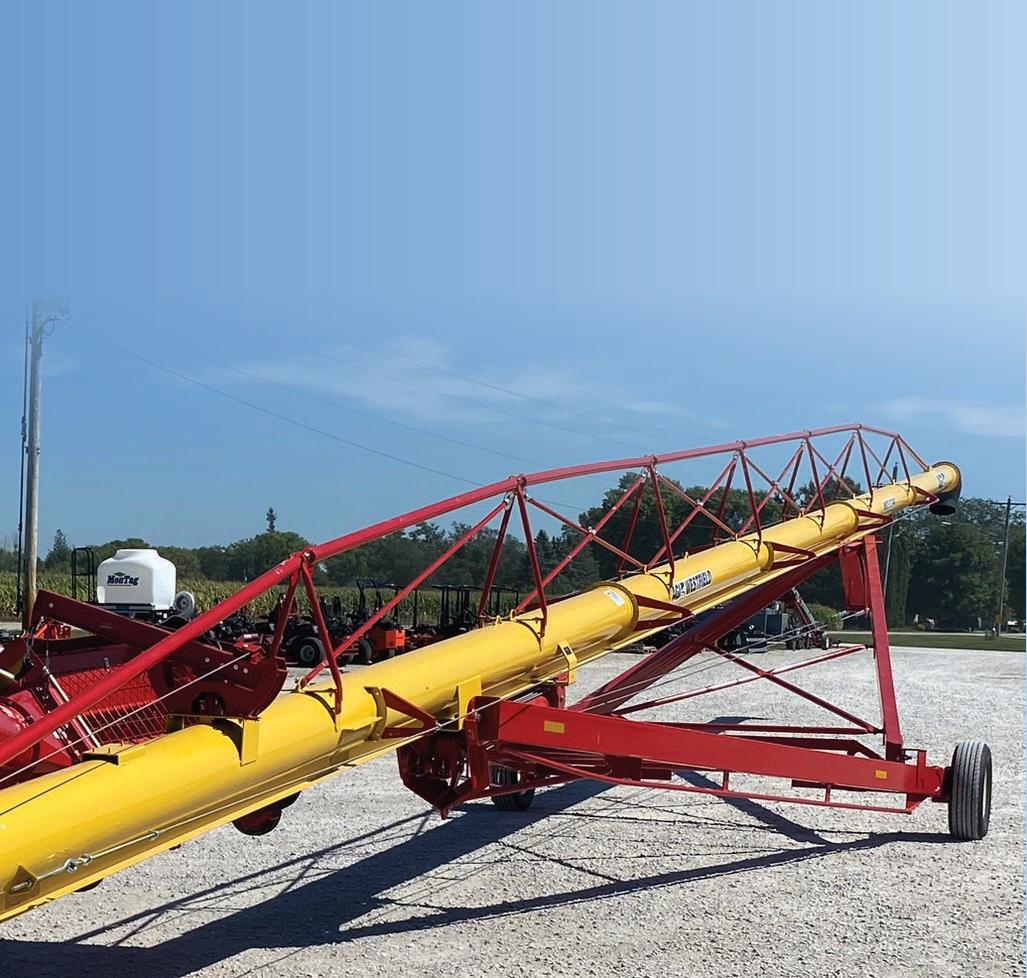
Foliar Nutrition, Biological Product Specialists Site-Specific Soil & Crop Management Services, Grid Sampling, VRT Fertilizer/Seed Experienced in NC Iowa for over 40 years








Larry Eekhoff, CCA 515-571-7260 larry@agronomyrx.com
Andrew Kinley 515-571-5984 andrewk@agronomyrx.com
Jeremy Swanson, CCA 515-571-9714
jeremys@agronomyrx.com
AgronomyRx@Facebook.com
Agronomics with Technology
1961 James Street, Webster City, IA 50595
AgronomyRx@Facebook.com
Foliars & Biology
1961 James Street, Webster City, IA 50595
Agronomics with Technology

Product Specialists Site-Specific Soil & Grid Sampling, VRT Fertilizer/Seed Iowa for over 40 years






Kinley
Jeremy Swanson, CCA
Biological Product Specialists Site-Specific Soil & Services, Grid Sampling, VRT Fertilizer/Seed NC Iowa for over 40 years
515-571-5984 andrewk@agronomyrx.com
Technology Site-Specific Soil & Fertilizer/Seed AgronomyRx@Facebook.com







Technology
515-571-9714
jeremys@agronomyrx.com
Andrew Kinley 515-571-5984 andrewk@agronomyrx.com
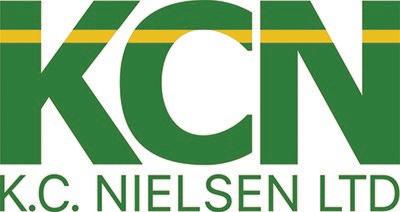
Swanson, CCA 515-571-9714
Specialists Site-Specific Soil & VRT Fertilizer/Seed 40 years
Jeremy Swanson, CCA 515-571-9714






Webster City, IA 50595
jeremys@agronomyrx.com
Foliars & Biology
jeremys@agronomyrx.com
AgronomyRx@Facebook.com















Soybeans have many valuable uses, from aviation fuel to livestock feed and even special varieties for human consumption in foods like soy milk, tofu and edamame.
Another popular use for soybeans is as the base in candles.
Donna R. Bruesewitz, marketing director for Milkhouse Candles out of St. Ansgar, explained that their soy candles are clean burning, all natural and come in a variety of scents.
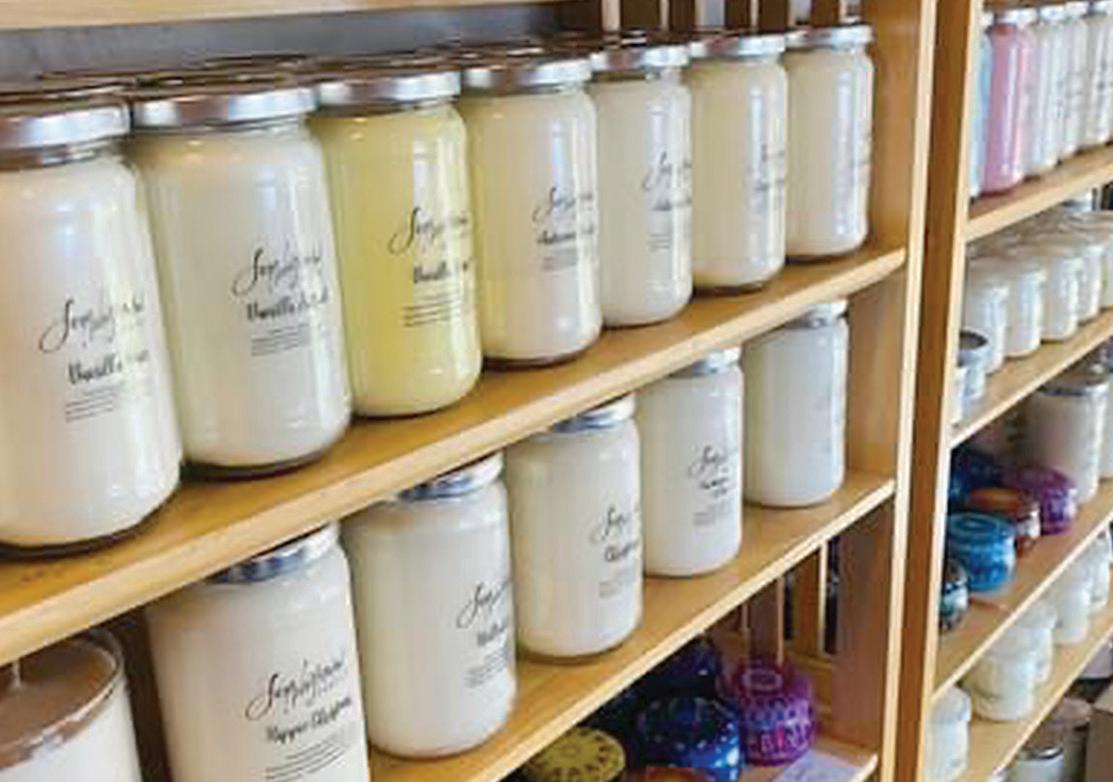
“Soy is renewable and sustainable, and it comes from right here in the heartland. It also burns slower, cooler and cleaner than paraffin wax. It doesn’t have any carcinogenic properties so it offers a cleaner, healthier alternative to paraffinbased candles,” Bruesewitz said.
The company was started in 2002 by Eric and Janet Sparrow at their kitchen table and since then, they’ve grown considerably.
“Milkhouse Candles are made with all-natural soy wax that is infused with beeswax. We produce candles and fragrance wax melts in our St. Ansgar location,” Bruesewitz said. “We also have a contract fill facility located in New Hampton. At that facility, we are filling candles for other companies and we use waxes that the candle company specifies, which can include soy, coconut, paraffin or other wax blends.”
The wax arrives at their facility in liquid form, so they keep it warm until they add fragrance oil to the base, then pour a batch. At their New Hampton facility, they use the wax for contract filling or take the liquid wax and solidify it into pastilles (little beads). Then the unscented wax is sold to other candle manufacturers and DIYers so they can make candles with it. The wax is sold under the American Soy Organics brand name.
“It can have its challenges — correct temperatures, proper mixing and stirring, proper amounts of fragrance oil added — there is a science to it,” she said. “It also takes a good combination of those previously mentioned things to get a good adhesion to the side walls of the vessel and a nice smooth top to the candle.”
Not only does Milkhouse Candles embrace using soy for its candles because of its properties, the company also appreciates the fact that they’re supporting the ag industry.

“Eric and Janet grew up here; they are attached to the agricultural community. It’s in their blood. So you could say they feel right at home supporting the soy industry. They have shared their passion with the entire company of sharing a healthier alternative to paraffin-based products,” Bruesewitz said. “We focus on striving to fill each home with a clean-burning, all natural, great smelling
candle.”
When Milkhouse Candles first launched, they had a presence at many farmer’s markets, fairs and festivals. But since then, they’ve established a network of more than 1,400 retailers across the country who carry their candles, as well as distribution outlets around the world.
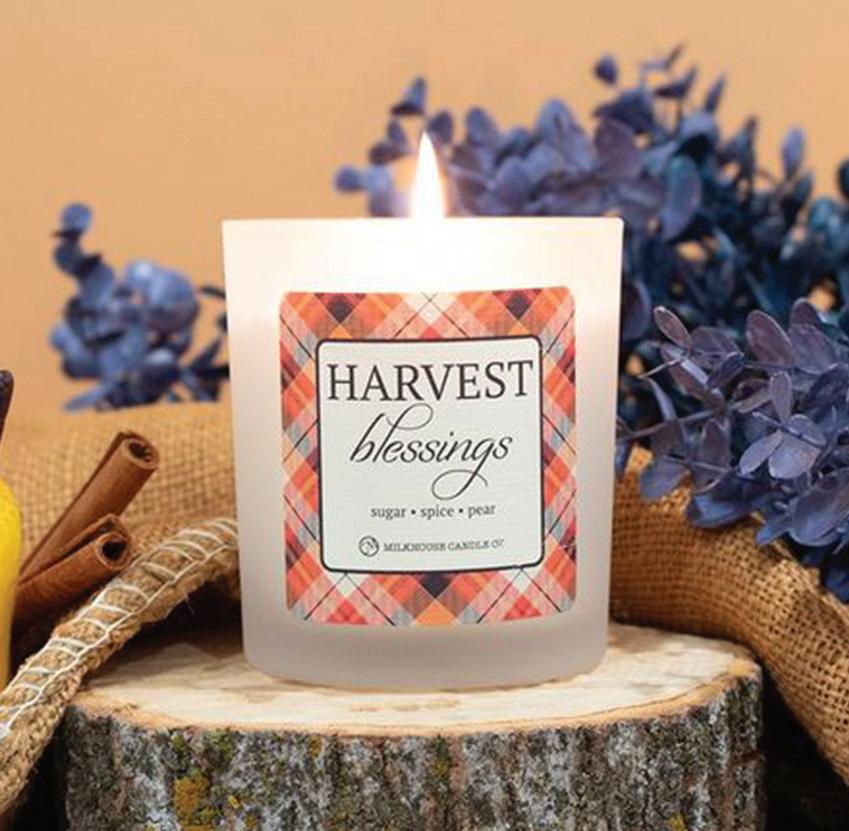
“We also have a strong online presence for those that don't yet have a retailer near them that carry our products. We do focus on brick and mortar stores that consist of boutiques, gift shops, salons, coffee shops, spas, hardware stores and much more,” Bruesewitz said.
Camille Lee, owner of Soyphisticated
Candles/Prairie Aromatics out of Mason City, started her business in 2001. She makes 100 percent soy candles in addition to handmade cold processed soap, which uses soy oil, too.
“Soy burns much cleaner than paraffin, and for approximately 30 to 40 percent longer per ounce,” Lee said.
“I also formulate and make handmade lotions, specialty creams and balms and aromatherapy blends. I am also certified in aromatherapy since 2012.”
Lee prepares, pours and finishes every candle herself. After 22 years in the
See CANDLES, Page 22C
“Soy burns much cleaner than paraffin, and for approximately 30 to 40 percent longer per ounce.”
CAMILLE LEE, owner of Soyphisticated Candles/Prairie Aromatics-Photos courtesy of Milkhouse Candles THESE CANDLES (above and below) from Milkhouse Candles are made with all-natural soy wax that is infused with beeswax. -Submitted photo courtesy of Soyphisticated Candles/Prairie Aromatics CAMILLE LEE, owner of Soyphisticated Candles/Prairie Aromatics out of Mason City, started her business in 2001. She makes 100 percent soy candles in addition to handmade cold processed soap, which uses soy oil, too.
example for other farmers and future generations.”
From the time he was growing up on his family’s farm until today, Perry Corey has seen big changes in farmers’ attitudes toward conservation.
“There are a lot more no-till and cover crops today, compared to when I was growing up in the 1970s and 1980s,” he said. “Practices like strip-till also intrigue me, and I’m interested in learning more about it.”
The Corey family’s commitment to agriculture and conservation has also taken root with their daughter, Hannah. During her years as an undergraduate student at Iowa State University, Hannah participated in the Soil and Water Conservation Club and the Iowa State Soils Judging Team before earning her degree in agronomy with a minor in entrepreneurial studies in 2018.
Community service, family ties create strong connections
Livestock production can enhance farmers’ environmental stewardship. The Corey family’s farm reflects the compatibility between cattle production and conservation.
Around 2009, the Coreys built a deepbedded hoop building to house cattle,
protect them from the elements and help control runoff, especially since the land to the west of the barn is hilly terrain that leads to Lake Creek.
The Coreys hosted an open house to show visitors how a system like this can help protect soil and water quality, while enhancing livestock well-being.
In the fall, the Coreys fertilize their crop land with cattle manure. They also grid sample the soil regularly to see what nutrient levels are in the soil, so they can make proper fertilizer management decisions.
Perry Corey works with a local consultant, Jeff True of True Potential Ag Consulting, to help make practical, environmentally-friendly management decisions for his acres. (True received the Iowa Environmental Farm Leader award in 2019.)

The Coreys are active members of the Calhoun County Cattlemen’s organization, where Perry Corey serves as the vice president. In the summer, he can often be found behind the Calhoun County Cattlemen’s grill, cooking hamburgers and more at community events, or preparing beef meals at the Cattlemen’s Beef Quarters at the Iowa State Fair.
Back on the farm, creating a healthy, inviting environment for people, wildlife
and livestock is important to the Coreys. They plant food plots each year for wildlife like pheasants and deer.
“I really enjoy nature and seeing wildlife and livestock on the landscape,” said Perry Corey, an avid hunter who helps teach local young people hunting skills.
Conservation also keeps various branches of the Corey family connected. The entire Corey family, including Perry’s sisters and their families, enjoy a pond they built around 2003 near Lake City. While the pond is near a ravine and was designed for erosion control, it also offers a great place for fishing in the summer and ice fishing in the winter.
Conservation practices like this help support the goals of the Iowa Nutrient Reduction Strategy by holding soil in place and improving water quality, said Iowa Secretary of Agriculture Mike Naig, who honored the 2023 Iowa Farm Environmental Leader Award winners. “These worthy recipients recognize that the benefits of conservation practices extend beyond their fields, and their leadership encourages others to adopt similar conservation practices.”
Continued from Page 21C
business, she has a system down pat.
“I went through many hours and dollars in research and development in the beginning, learning to make a solid and safe product. I did not sell a thing during 18 months of R&D (research and development),” Lee said. “It’s very important to know what you’re doing before selling anything, as well as have insurance to do so.”
For 15 years, Lee relied on farmer’s markets for selling her soy candles in addition to having a retail shop.
But she retired from farmer’s markets four years ago and has transitioned to online retail as well as her physical retail location.
“I like knowing that my candle line is produced from what is essentially the byproduct of soy production here in our state,” Lee said. “The downside to that is that my wax cost goes way up with the market if crops do not do well. Material costs can go up 30 percent in just a year and not just the wax — also the fragrances, wicks and jars.”
R. Marketing director for Milkhouse Candles“It can have its challenges — correct temperatures, proper mixing and stirring, proper amounts of fragrance oil added — there is a science to it. It also takes a good combination of those previously mentioned things to get a good adhesion to the side walls of the vessel and a nice smooth top to the candle.”
DONNA
BRUESEWITZ











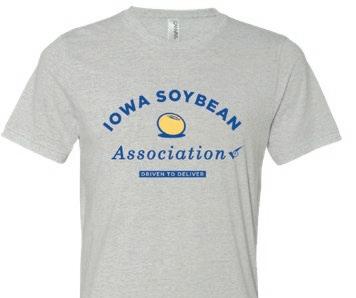





























- The Petty Family (pictured with UBI lender Andy Hunziker)

“Our lender helped us get to where we are today. He took the initiative to reach out and help us. We appreciate how he looks long term for our operation. We trust UBI and Andy with everything.”